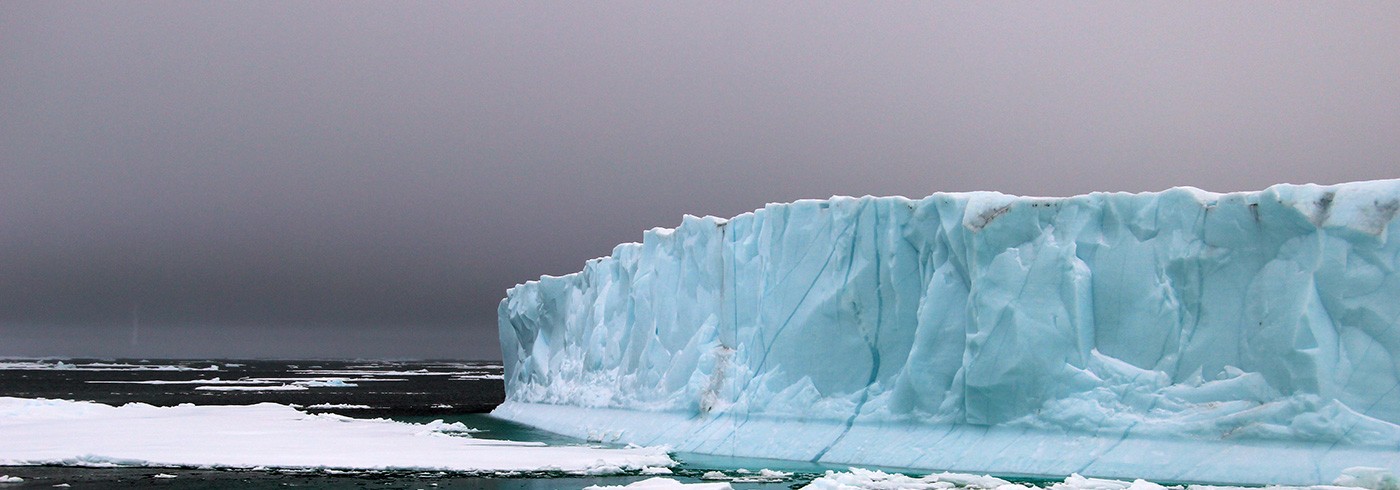A couple of days ago we found something we have been waiting for and hoping to find during this expedition, namely ice rafted sediment, or as we like to call it, “dirty ice”. The ice is dirty because sediment and/or suspended particles from rivers have been incorporated into the ice when it was formed on the Arctic shelf. The dirty ice is later transported by ocean currents toward the deep basins. At 85° N we found really dirty ice in larger amounts and we finally got the possibility to sample it. We could not believe what we saw, we had never seen such dirty ice before, and everyone was so excited!
The environment of the Arctic Ocean as we know it today is believed to undergo vast transformations in the future due to the changing climate. The minimum extent of the Arctic sea ice has decreased by more than 25 % during the last nine years. On 11 September this year, the sea ice covered an area of 4.41 million square kilometers. This appears to be the lowest extent of the year and the forth lowest minimum ever recorded by satellites.
The dirty ice is very valuable for us scientists that are working on improving our current understanding and knowledge of biogeochemical processes in the Arctic Ocean. The ice can give us insights into how much material from the continents actually gets transported from the shelf into the central arctic by the sea ice. The particles in the ice can also give us information about the origin of the sediment (the area this ice got its dirt from). Moreover, it can help us to better understand the lateral transport and distribution of particles in the ocean. Marine particles transport nutrients and many trace elements from the continents into the ocean. Many of these elements (for example iron) are necessary for life to exist in the ocean.
When the dirty ice was spotted by the vigilant, and interested officers on the bridge, the ship was stopped on the order of the chief scientist only for our sake (the dirty ice people) and we were asked if we wanted to sample. So we said yes!
Before we found the ice we were having wild discussions about how we were going to sample the ice, if we would find any. We were discussing complicated procedures such as using the helicopter to get onto the ice followed by that we were going to sample the ice with huge motor driven ice corers and so on. Fortunately, the excellent Polarstern crew solved this for us by tying a bucket to a rope and a stick was used to push the bucket into the water so we could fish the ice out of the water.
The dirty ice is just one of many gifts God gave us scientists so we could be able to study and maybe even predict what impact future climate change will have, not only speaking about the truly unique Arctic Ocean but about all our oceans in general.
Who knew that a dirty little piece of ice could be able to tell us such an inspiring story?


